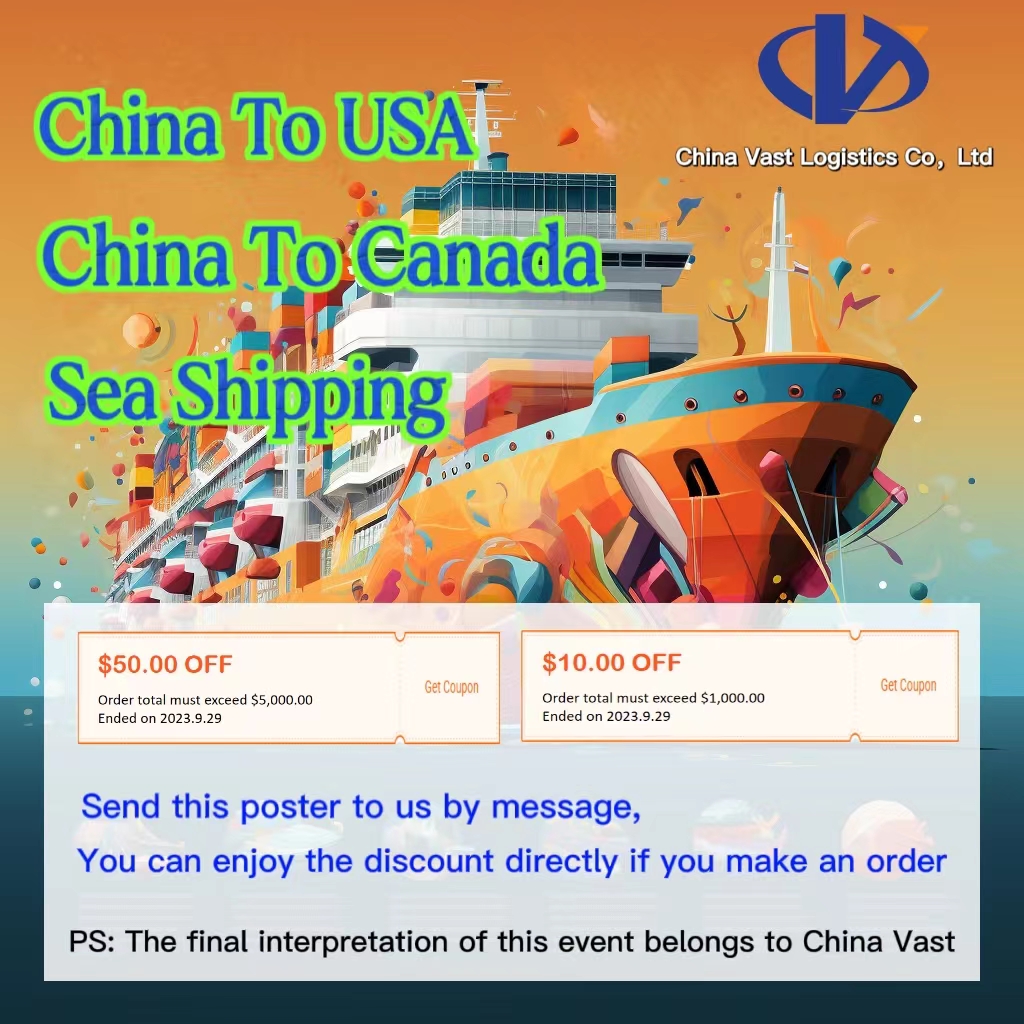When shipping with containers, one of the most important aspects to understand is the weight limit of the container itself. Every shipping container is clearly labeled with its maximum gross weight (MAX WEIGHT: XXXX KGS) and its tare weight (TARE WEIGHT: ZZZZ KGS). The net cargo weight limit, also referred to as PAYLOAD (e.g., PAYLOAD: SSSS KGS), is calculated as:
MAX WEIGHT – TARE WEIGHT = PAYLOAD
This payload indicates the maximum cargo weight the container structure can safely handle. Overloading a container may lead to serious damage such as structural deformation, floorboard collapse, or bent beams. Any losses or damages resulting from overweight cargo are the sole responsibility of the shipper.
Most professional container terminals in China are equipped with automated weighbridges, and they strictly reject any containers exceeding the structural weight limits, making it critical to verify the container’s weight capacity before loading to avoid costly rework and delays.
Standard Container Weight Limits
Traditionally, dry containers are categorized into:
20’GP (General Purpose): typically limited to 21.5 tons, suitable for heavy cargo
40’GP: typically limited to 26 tons, suitable for light cargo
With the growing use of container ships, even lightweight or bulky cargo such as textiles and electronics began using containers for transport. This led shipping lines to introduce new container types:
40’HQ (High Cube): designed for light, voluminous cargo, typically limited to 25.5 tons
Reinforced 20’GP: upgraded to 27.5 tons, for heavy cargo like minerals or chemicals
Reinforced 40’GP: upgraded to 28 tons
Special containers (45’ or 48’): developed by certain carriers for specific destination countries
Other Key Factors Affecting Weight Limits
Apart from the container’s own structural capacity, several external operational limits must also be taken into account:
1. Port and Yard Equipment Capacity
Once a ship docks, containers are unloaded using cranes and then transferred to the container yard using trucks and forklifts. If the container exceeds equipment handling limits, operations become difficult or impossible. Many smaller or less developed ports impose strict weight limits due to outdated machinery.
2. Road Transport Weight Limits
This is especially critical for inland destinations in the U.S., where road weight regulations are very strict. Containers offloaded at port often need to travel by truck over long distances. Overweight containers may violate road regulations, resulting in penalties or refusal of transportation. South Korea has also enforced road weight limits since 2008.
3. Carrier Slot and Weight Balancing
Every vessel has both slot capacity (TEU count) and maximum total weight. However, the balance between the two often varies depending on the route. In North China, where heavy cargo is concentrated, weight capacity may be maxed out even if there are still slots available. In such cases, carriers may apply extra surcharges for heavy cargo or reject bookings above certain weight thresholds.
Additionally, when carriers lease space from other shipping lines, the maximum weight per slot is often restricted (e.g., 1 TEU = 14 tons or 16 tons). Exceeding this weight could result in rejection from the vessel.

